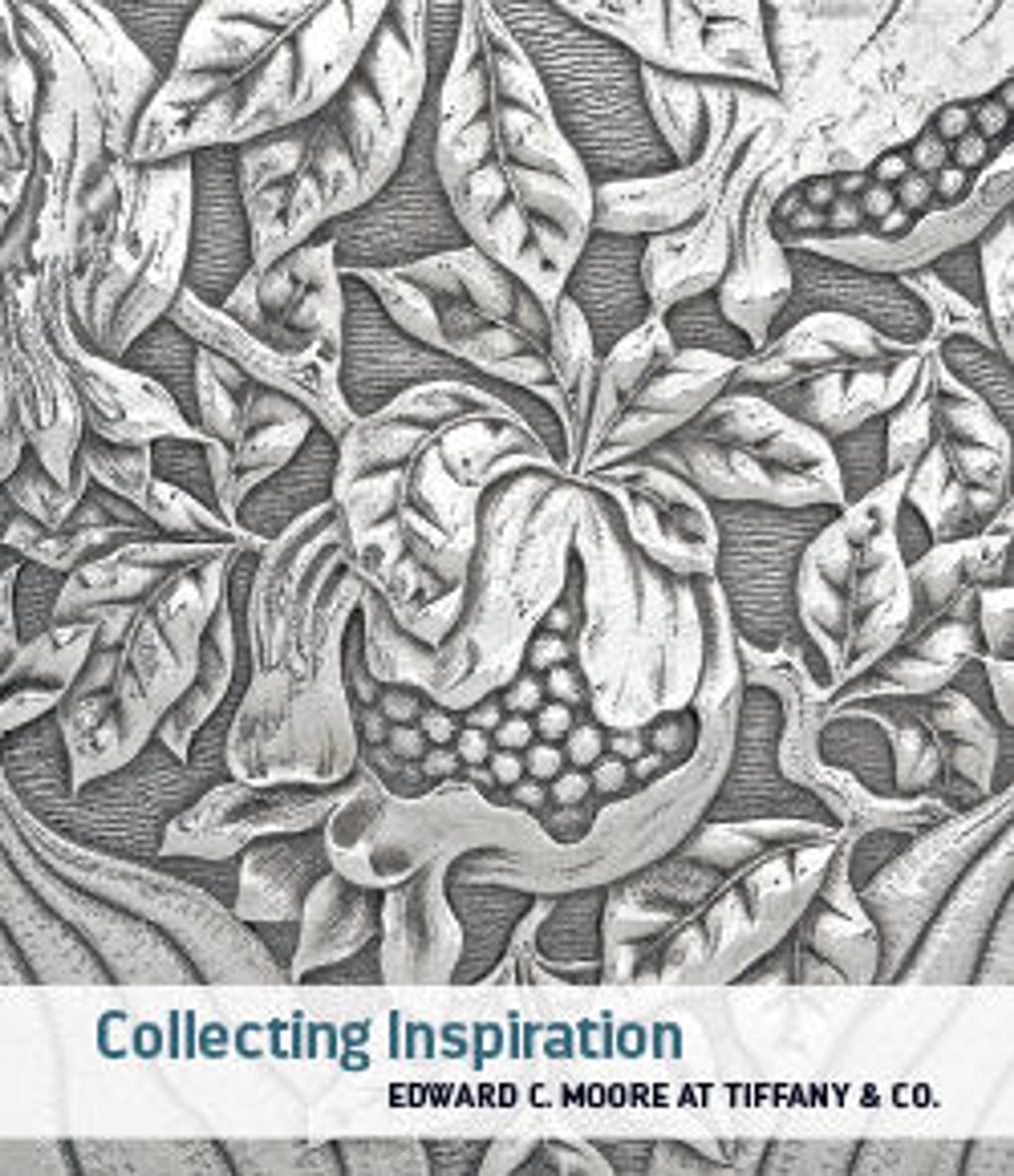Candlestick Base with Interlacing Dragons
The central band of three densely decorated zigzag bands consists of pairs of confronted winged dragons with knotted serpentine bodies, feline forelegs, and tails ending in interlacing dragons’ heads. The dragon with an open mouth and knotted snakelike body may relate to the devastating pseudo-planets al-Jawzahr and Nawbahr, which were thought to cause solar and lunar eclipses by devouring the sun and moon. It has also been connected to ancient Central Asian and Mesopotamian beliefs regarding dragons, which have been subject to a range of interpretations, from potency to royalty and harmony to protection. Such meanings are confirmed by the benedictory and apotropaic inscriptions, as well as the luxurious medium.
Artwork Details
- Title:Candlestick Base with Interlacing Dragons
- Date:early to mid-13th century
- Geography:Attributed to Northern Iraq, Syria, or southeastern Turkey
- Medium:Brass; inlaid with silver and copper
- Dimensions:H. 9 3/8 in. (23.75 cm)
Diam. 13 9/16 in. (34.4 cm) - Classification:Metal
- Credit Line:Edward C. Moore Collection, Bequest of Edward C. Moore, 1891
- Object Number:91.1.561
- Curatorial Department: Islamic Art
More Artwork
Research Resources
The Met provides unparalleled resources for research and welcomes an international community of students and scholars. The Met's Open Access API is where creators and researchers can connect to the The Met collection. Open Access data and public domain images are available for unrestricted commercial and noncommercial use without permission or fee.
To request images under copyright and other restrictions, please use this Image Request form.
Feedback
We continue to research and examine historical and cultural context for objects in The Met collection. If you have comments or questions about this object record, please contact us using the form below. The Museum looks forward to receiving your comments.
